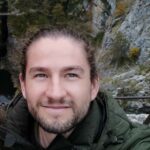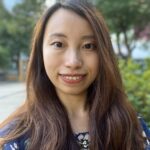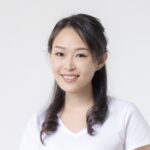1. Greetings and Key phrases
What are the most common greetings in your culture?
Greeting: 最近點呀?
Meaning: How is it going?
Pronunciation: zui gun dim ah
Greeting: Hi!
Meaning: Hello
Pronunciation: Hi
Greeting: 早晨
Meaning: Good morning
Pronunciation: jo sun
What is a typical local phrase?
Phrase/ Sentence: 正!
Meaning: awesome!
Pronunciation: jeng!
Phrase/ Sentence: 唔好意思
Meaning: Excuse me
Pronunciation: ng ho yi si
Phrase/ Sentence: 唔該
Meaning: Thank you (for the favour)/excuse me
Pronounciation: ng goi
2. A day in your city
What are the most famous landmarks?
The Peak is the highest hill on Hong Kong Island, offering panoramic night views of Hong Kong and the South China Sea.
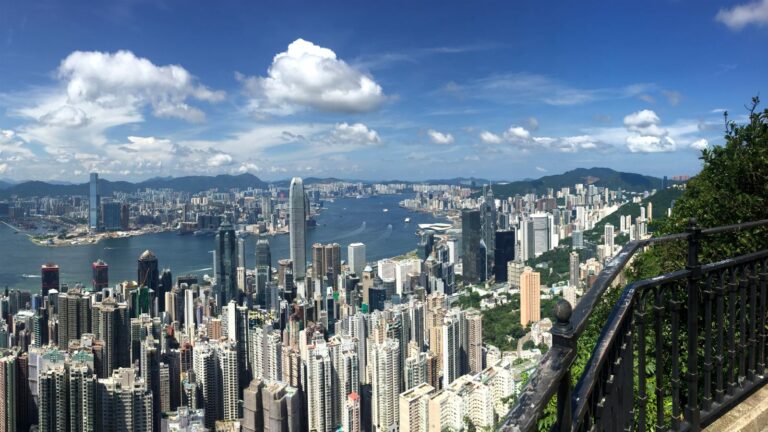
Bank of China Tower is a signature skyscraper Hong Kong’s financial area. Its distinctive appearance makes it standout in Hong Kong’s cityscape and is featured in many Hong Kong postcards and prints – even on our banknotes.
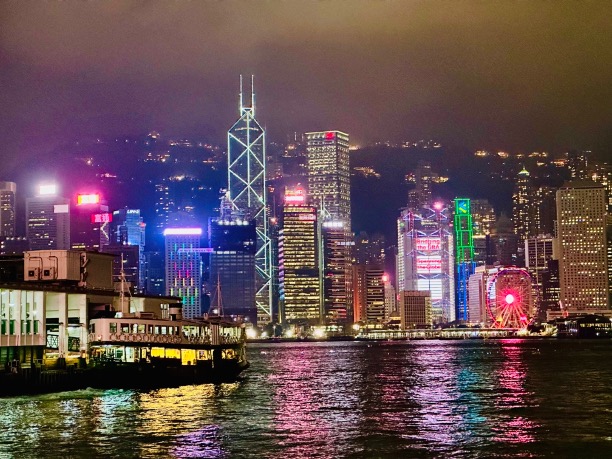
Lion rock is a mountain ridge, which bears the shape of a crouching lion overseeing Hong Kong. It is a popular hiking spot and is also an integral part of Hong Kong’s culture – the phrase “Lion Rock spirit” is a synonym for the tenacity of Hong Kongers through hardship.
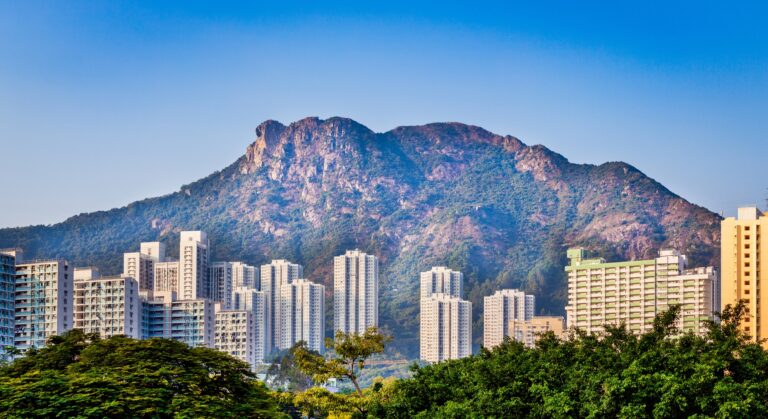
Wong Tai Sin is a Chinese temple that shows Hong Kong’s superstitious side. Locals visit the Temple to pray for good luck from patron saints in traditional Chinese folklore.
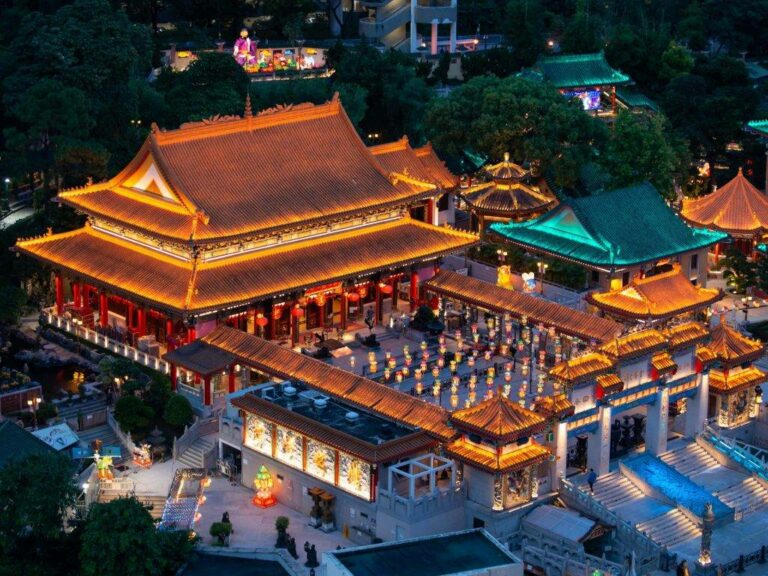
The Big Buddha is tucked away on Lantau Island, and is one of the world’s largest seated Buddhas, towering over visitors at a massive 34 metres high.
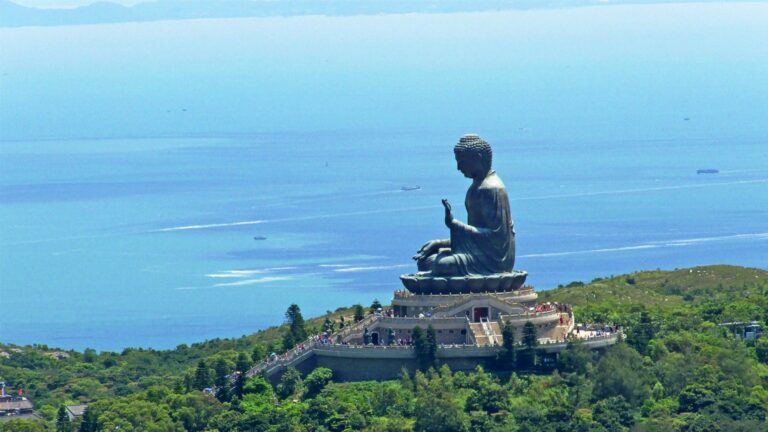
Which are your personal favourite places in the city (insider tip)?
The Sheung wan area is an old, charming area where east meets west. It is one of the first areas that the British settled in, giving it a western flair, while retaining cultural elements of its Chinese inhabitants. Here you will find unique architecture, traditional shops as well as newer shops from the redevelopment wave.

Lamma Island: Hong Kong is 75% mountains. Hiking trails are often no more than an hour away from where you are, all you need is to put on your hiking boots and you’re off getting lost in a relaxing afternoon in the nature, away from the bustling city and surrounded by trees, wildlife, and amazing scenery.
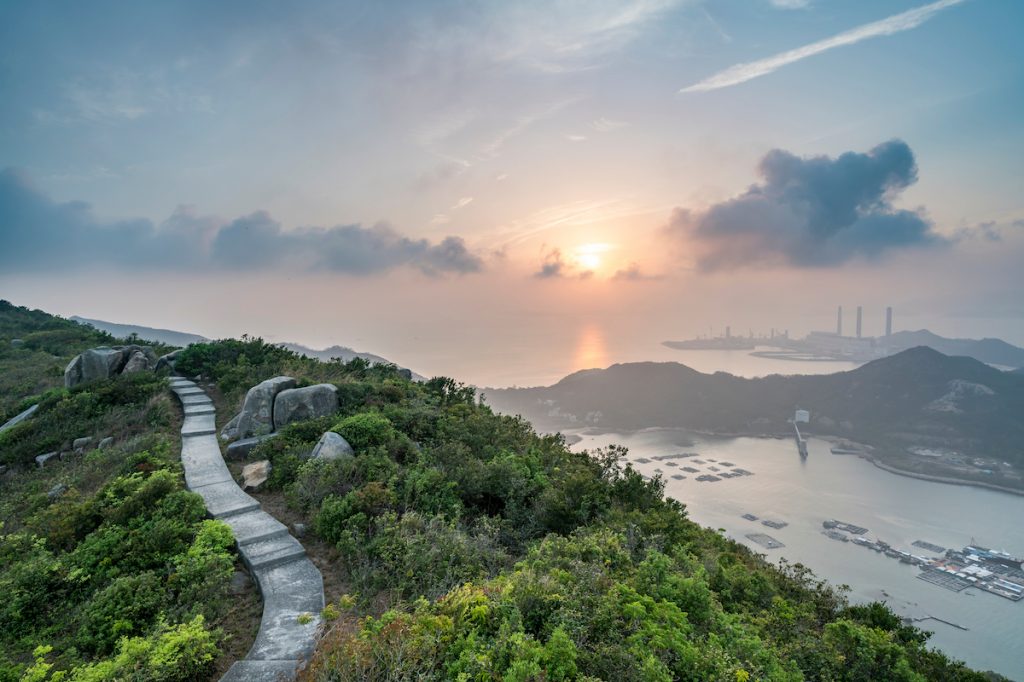
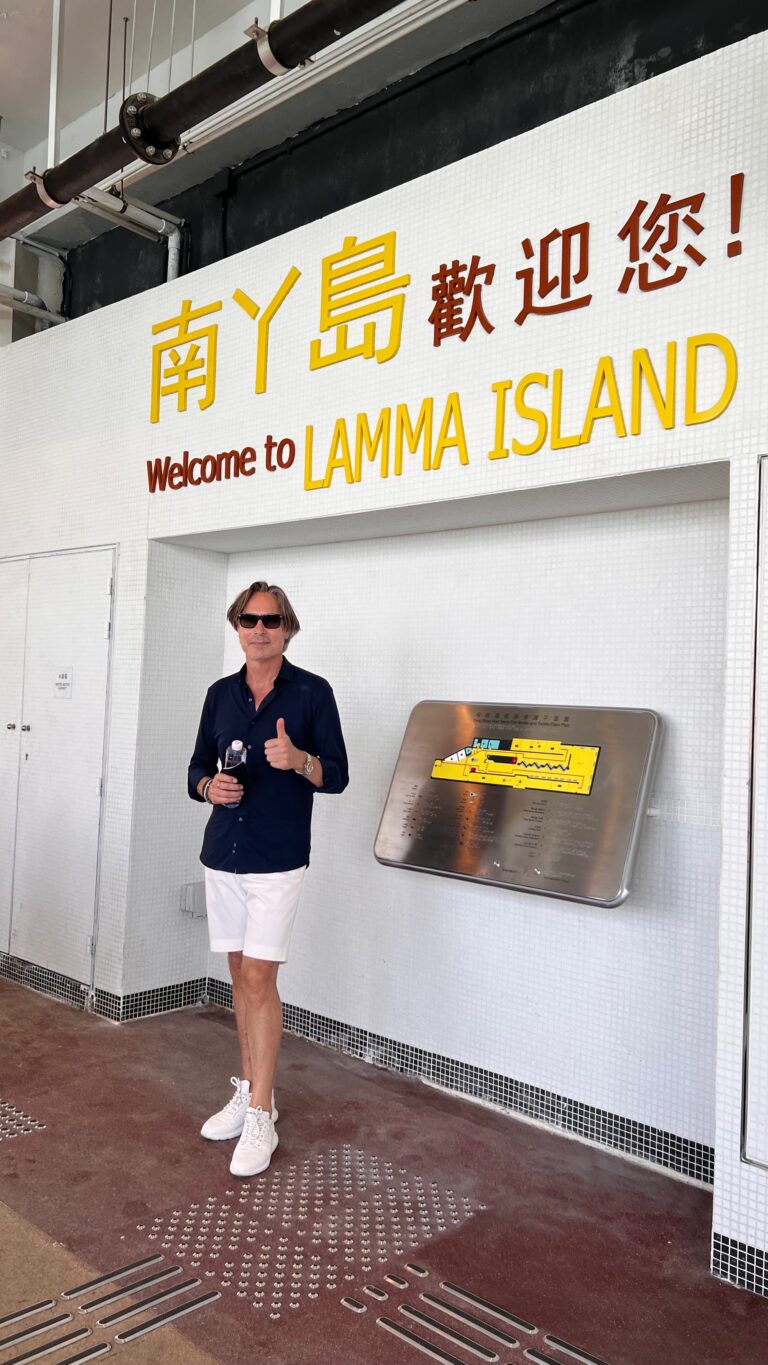
Nam Sang Wai: Contrary to its image as a concrete jungle, Hong Kong actually has a lot of wildlife and natural wonders. Wetlands and mangroves are hidden gems tucked away in the city, home to a diverse wildlife that is unique in Hong Kong. Nam Sung Wai is one of them, a place where you can spend a quiet day watching birds, frogs and many interesting animals that are unique to Hong Kong.
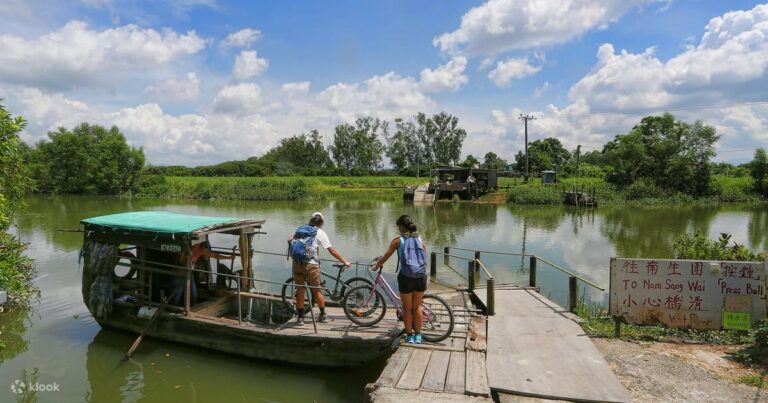
The Mills: A revitalized historical cotton mill which is a symbol of Hong Kong’s fashion industry’s successful past. Its building structure is preserved and is now a collection of shops and fancy eateries, a meeting point for city events, and a place where cool things happen.
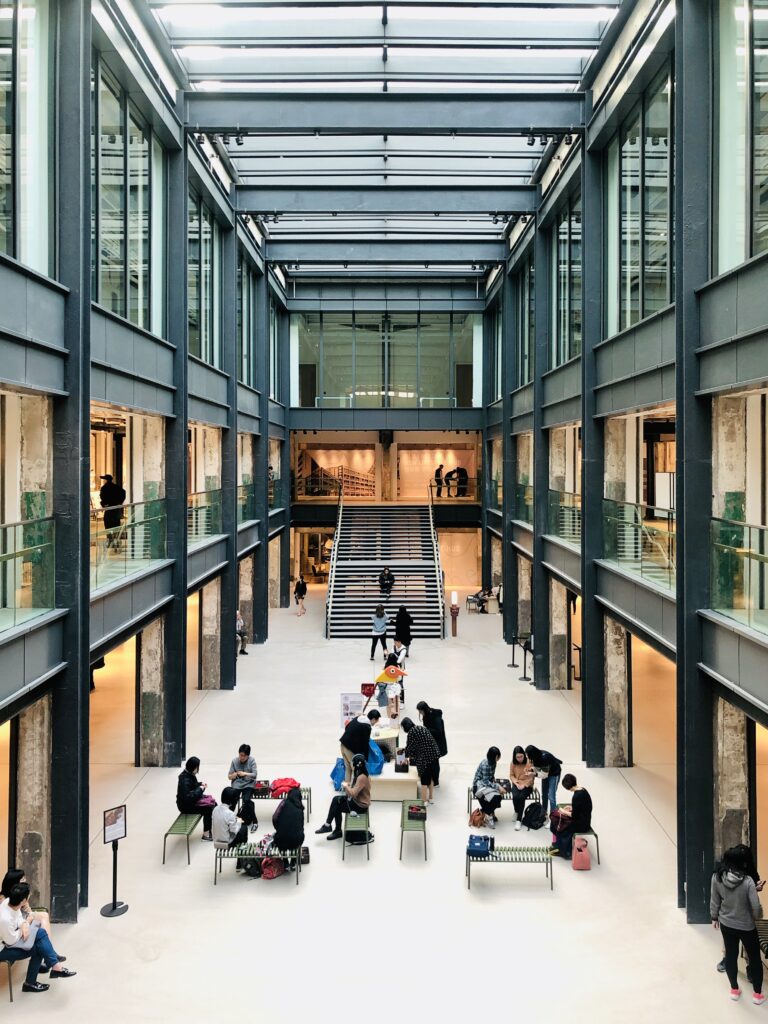
Sham Shui Po is a mixed bag. Originally a working-class district with bustling fabrics and electronics scenes, there have been attempts to revitalize the area and breathe new life into it. Today it is also home to laid-back cafes, grass-root galleries and workshops offering arts and crafts experiences.

Is there any interesting way to get around in your city/country?
Ding Ding: The Hong Kong Tram started its service in 1904 and is one of the oldest public transportations in Hong Kong with trams running from East to West of Hong Kong Island. It is slower than other forms of transport, but allows the rider to slow down and take in the street view and the lives of locals, while enjoying a breeze as Ding Dings are typically not air-conditioned.
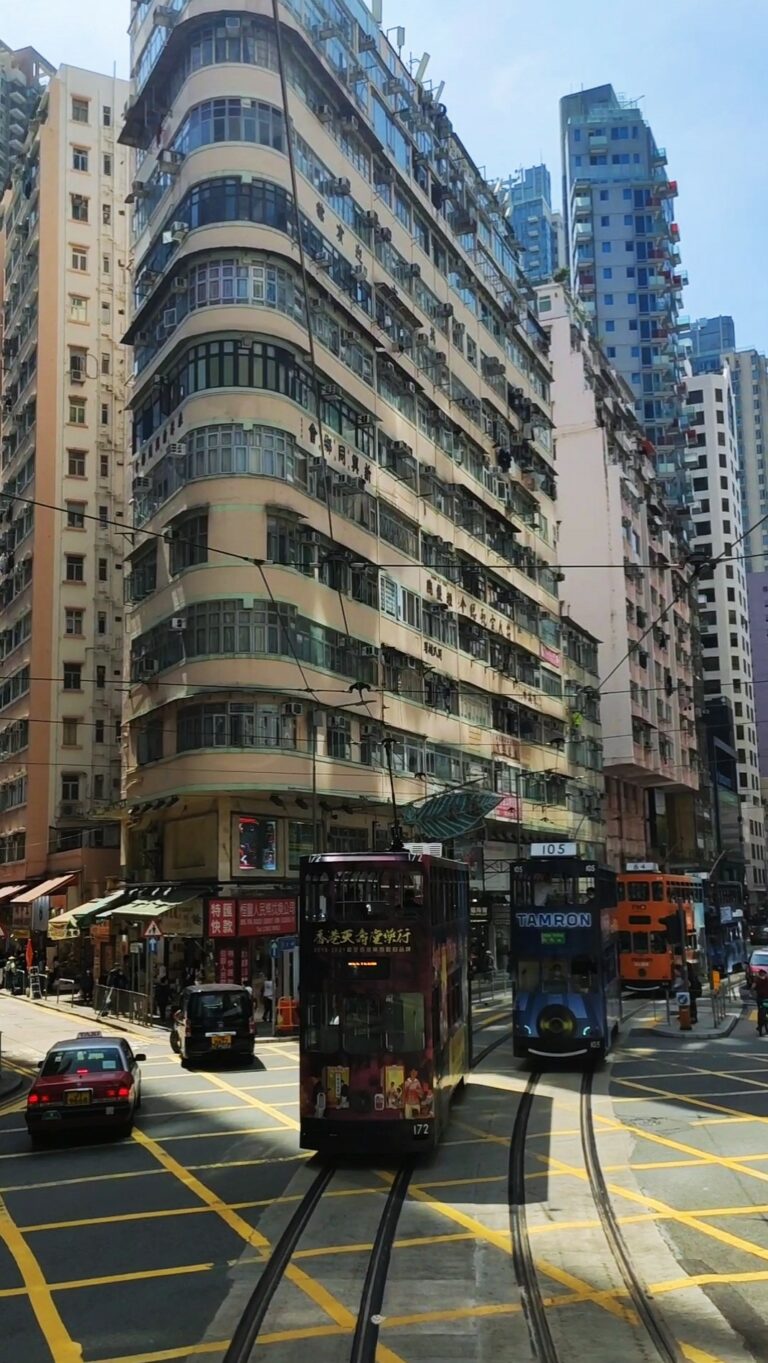
The Star Ferry are double-ended, bottle-green and ivory boats, carrying passengers across Victoria Harbour, since 120 years ago. Not only that the design has remained a constant, the old sailors’ uniforms and the smell of diesel make it special. Above all, the view of the breathtaking Hong Kong skyline, especially at night, makes the journeys mesmerising and memorable.
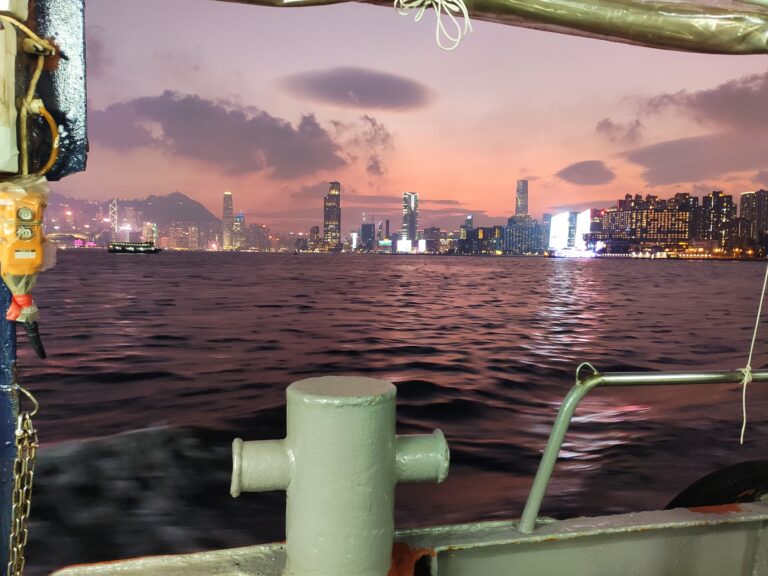
What items should I not forget to bring when traveling to your country?
- Portable Fan (Hong Kong is hot and humid)
- Octopus Card (for public transportation and small transactions, can be bought upon arrival)
- Hong Kong Observatory App which provides you with very detailed information about all all-imaginable weather conditions
- Light jacket – When spending time indoors or in public transport, it is a good idea to have a light jacket with you as the air conditioning can be quite cold
What should I avoid when travelling to your country?
Coming to Hong Kong in the super humid and hot summer. Not fun sweating bullets every minute.
3. Culture
What is the traditional and the modern costume/dress in your country?
Traditonal: Qipao and Cheongsam
These are “modernized” versions of clothing worn in ancient China, popularized and still worn on a daily basis until the 1940s, when it was gradually replaced by modern clothing. Even not regularly worn today, it is still cherished as a cultural heritage of Hong Kong.
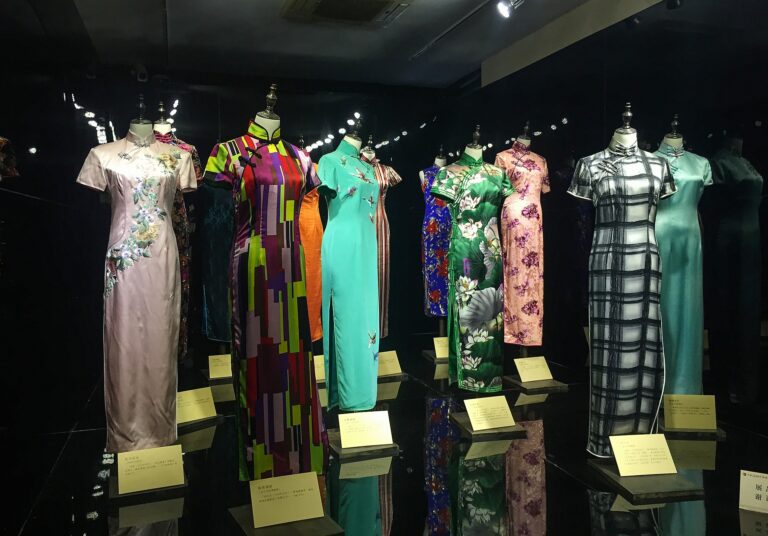
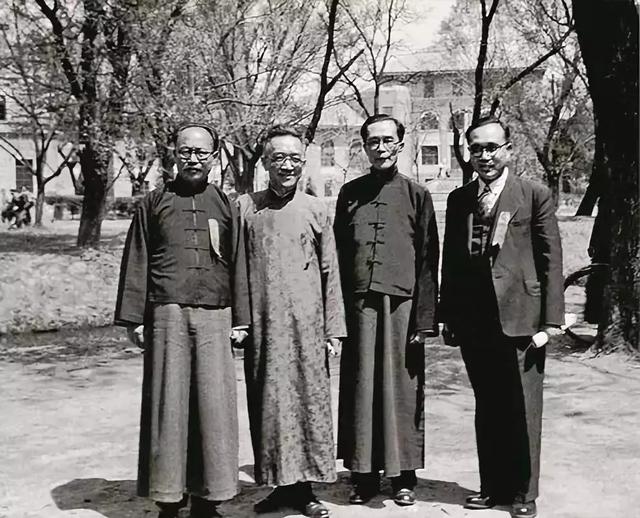
Modern clothing of Hong Kongers is similar to what you would see in most international cities. While style depends from person to person, local preferences generally favour comfort and lightness due to the hot weather. Young people’s fashion choices are often influenced by Korean and Japanese fashion trends.
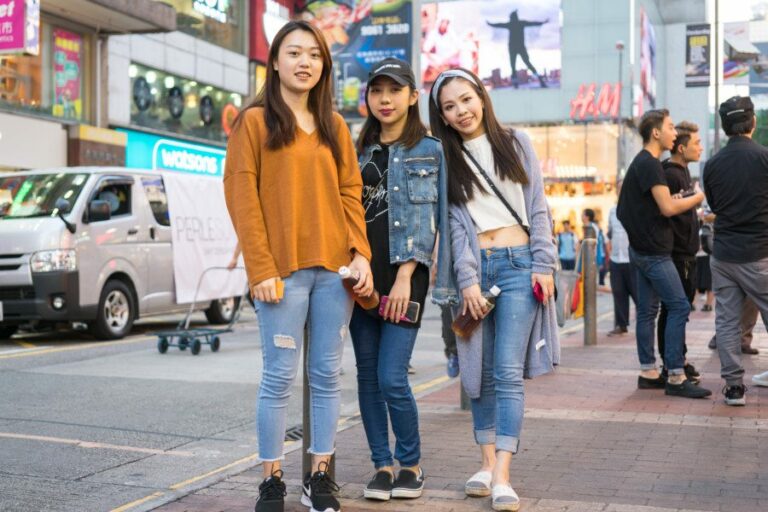
Do schools require uniforms in your country? If yes, what do they look like?
Uniforms in Hong Kong, a huge range from western-inspired to characteristically Chinese designs, are manifestations of the city’s multicultural background and its development across periods.
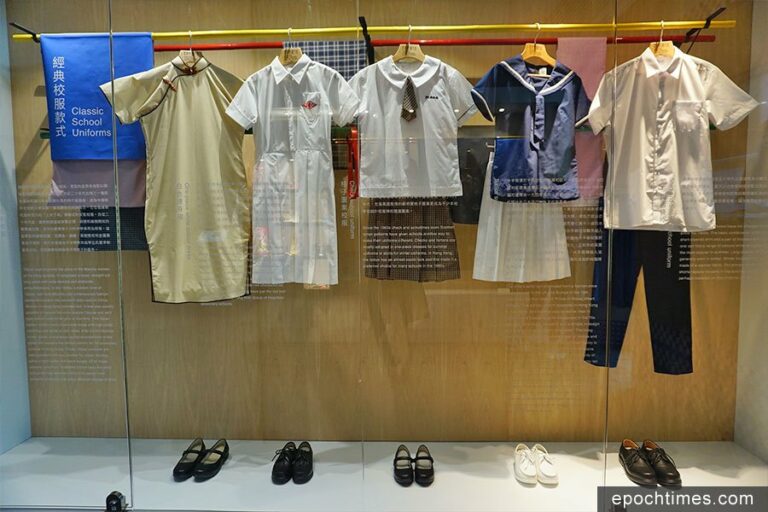

What music (and dances) represent your local culture?
- Cantonese opera
- Canto-pop
(iconic singers: Eason Chan, Sam Hui, Leslie Cheung, Anita Mui, Beyond (band), Mirror (boy group))
One fun fact about your country
- The mystical art of Feng Shui remains common practice in Hong Kong. The rooftop of Central’s HSBC Hong Kong building includes two rods to deflect bad energy. They face the Bank of China building, built with sharp edges believed to cut and dilute good energy.
- Hong Kongers have both a Chinese and English name, which often don’t sound similar. In fact, many English names are not assigned at birth, but rather a conscious choice by the person later in life!
- There is a huge amount of code-switching in everyday language – with English widely used and Cantonese being a highly flexible and adoption-happy language, Cantonese speakers incorporate a lot of English words in their daily speech, and it is extremely common to hear someone jump from one language to another (and back) in one sentence.
What famous invention or something interesting is originally from your country?
- Holga camera
This hipster image maker was created and made in Hong Kong’s 1980s. Known for its affordability and ability to create artistically distorted images. - Hong Kong-style milk tea
This special east-meets-west tea is an adaption of British tea that was consumed during Hong Kong’s colonial era.
It is made from Ceylon tea, black tea and condensed milk, and usually an essential in local casual restaurant lunches – often served cold to beat the summer heat. Compared to other milk teas in the world, Hong Kong‘s is a lot sharper and stronger.
What are the special colours in your country/culture?
- Red is the color of good fortune and celebration – you’ll see red everywhere when it’s around Chinese New Year or when people are having a traditional wedding.
- While black and white could represent something negative especially for the elder generations. Funerals are typically decorated in plain white.
What are the lucky and unlucky numbers in your culture?
- Lucky number: 8
With pronunciation of ‘Baat’ in Chinese, no. 8 sounds similar to the word ‘Faat’, which means to make a fortune. - Unlucky number: 4
Number 4 pronounced ‘Sei’, is considered the unluckiest number of all. Because it sounds very similar to the word for death (死). That’s why, for example, there is no fourth floor in some buildings.
4. Food and key dishes
What are your favourite local dishes that I should try in your country?
Dim Sum originated in southern China and means “touch the heart”. These tiny bites of goodness were created as snack food for travelers and today are an essential part of local culture.

Pineapple Buns which are not named like this because they contain the fruit, but for their pineapple-like crust.
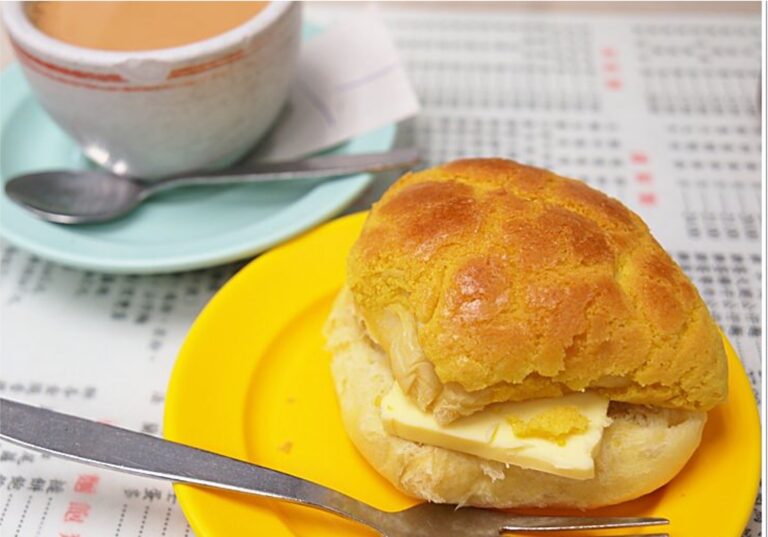
Siu Mei is a frequent occurrence on Hong Kong’s dinner tables. It refers to roasted meat (chicken or pork) treated with special sauces, which gives them a distinctive and homey flavour that Hong Kongers grow up with.
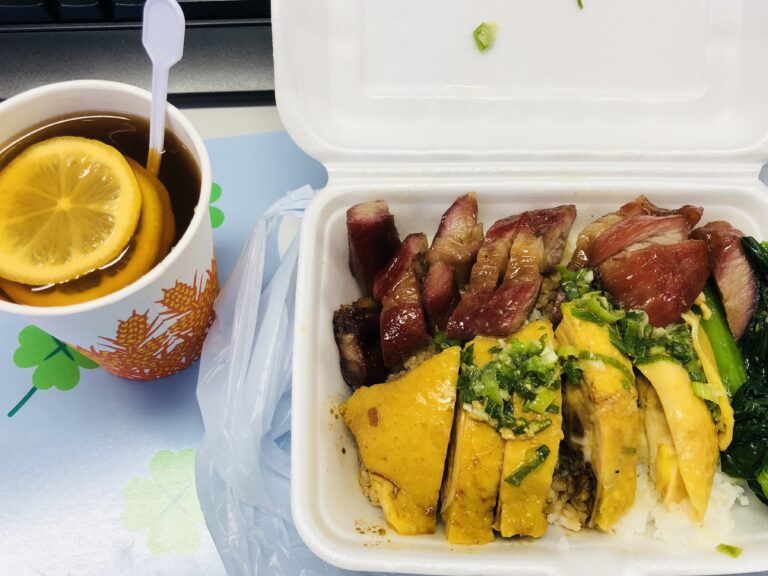
Where do local people usually buy food ingredients?
- Wet Markets are local farmer markets selling fresh produce – everything from meat, seafood to vegetables. Locals highly value food freshness, and that’s why you’ll see all the action in wet markets, the one authentic experience.
- Wellcome and ParknShop are two giant supermarket chains, which cover locals’ everyday needs from grains to canned goods and have a good selection of international imports.
5. Souvenirs
What gift should I bring back to friends and family?
- You can find relics of the old days on Cat-Street and Hollywood Road! From Bruce Lee posters and “nunchucks” to old magazines, watches, and jewelry, you’ll find it all there.
- Traditional Chinese pastries are sold at chain stores as well as old bakeries, offering traditional delicacies such as egg rolls, wife cakes and thousand-year-egg pastry.


